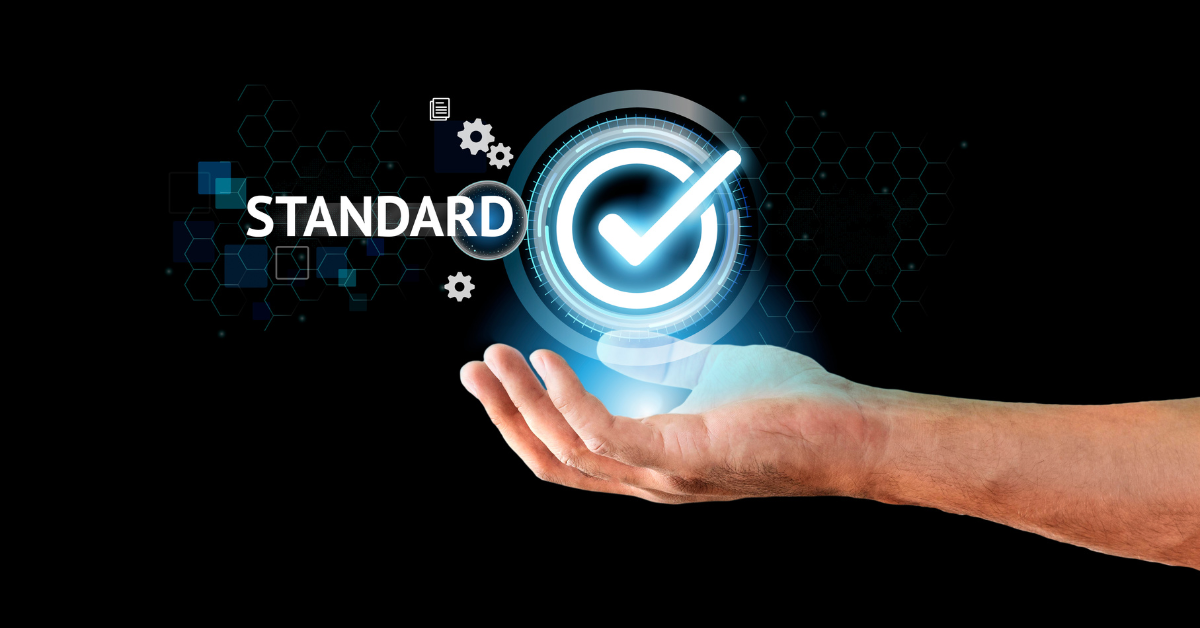Electronic Health Records (EHR) have become a cornerstone of modern healthcare systems worldwide, enabling seamless access to patient information, improved care coordination, and enhanced decision-making.
In India, adopting EHR standards is crucial in transforming healthcare delivery by ensuring interoperability, data security, and consistency across the healthcare ecosystem.
Read this article to learn about the Electronic Health Record Standards in India.
What are Electronic Health Records (EHR)?

EHR is the digital version of a patient’s medical history, including clinical data, diagnostic reports, treatment plans, prescriptions, and other health-related information. Unlike traditional paper records, EHRs are designed to be accessible across healthcare providers and institutions, enabling better patient care.
Need for EHR Standards in India
India’s healthcare landscape is diverse, with a mix of public and private healthcare providers. The absence of standardized practices can lead to fragmented care, data silos, and security concerns. EHR standards address these challenges by:
- Ensuring Interoperability: Facilitating seamless data exchange across various healthcare systems and providers.
- Enhancing Patient Safety: Reducing errors through accurate and consistent data.
- Improving Efficiency: Streamlining workflows and reducing administrative burdens.
- Ensuring Data Security: Protecting sensitive patient information from breaches and misuse.
EHR Standards in India
The Ministry of Health and Family Welfare (MoHFW) in India has introduced guidelines and standards to promote the adoption and implementation of EHR systems. The key document governing these standards is the EHR Standards for India 2016, revised to align with international best practices.
Key Features of EHR Standards in India
- Interoperability
- Adoption of international standards like HL7 (Health Level Seven) and SNOMED CT (Systematized Nomenclature of Medicine – Clinical Terms) to ensure seamless data sharing.
- Use of DICOM (Digital Imaging and Communications in Medicine) standards for medical imaging.
- Data Structure and Coding
- Standardized templates for capturing clinical information.
- Implementation of ICD-10 (International Classification of Diseases) for diagnostic coding.
- Data Privacy and Security
- Compliance with the Information Technology Act, of 2000, and subsequent amendments.
- Encryption of patient data to prevent unauthorized access.
- Role-based access control to ensure that only authorized personnel can view sensitive information.
- Patient Consent
- Mandating explicit patient consent for data sharing.
- Providing patients with the right to access and control their medical records.
- Standardization of Reports
- Uniform formats for medical test results, prescriptions, and discharge summaries to facilitate easy understanding and sharing.
- Integration with National Initiatives
- Alignment with government programs like Ayushman Bharat Digital Mission (ABDM) to create a unified health ID and ensure continuity of care across the nation.
Challenges in Implementing EHR Standards in India

Despite the outlined benefits, the adoption of EHR standards in India faces several challenges:
- Lack of Awareness: Many healthcare providers are unaware of the guidelines or their benefits.
- High Implementation Costs: Setting up EHR systems and training staff can be expensive, particularly for smaller clinics and hospitals.
- Data Migration Issues: Transitioning from paper-based records to digital systems is complex and time-consuming.
- Resistance to Change: Healthcare professionals accustomed to traditional methods may be reluctant to adopt new technologies.
- Infrastructure Gaps: Limited access to reliable internet and technology in rural areas hinders widespread adoption.
The Future of EHR in India
The government’s push towards digitization, coupled with advancements in technology, is paving the way for greater adoption of EHR standards. Key developments include:
- Integration with AI and Big Data: Leveraging advanced analytics for predictive healthcare and better decision-making.
- Expansion of Telemedicine: Seamless access to patient data will enhance the effectiveness of remote consultations.
- Focus on Training and Capacity Building: Educating healthcare providers about the benefits of EHR and equipping them with the skills to use these systems effectively.
- Improved Infrastructure: Investments in digital infrastructure, especially in rural and semi-urban areas, to bridge the gap in healthcare delivery.
Conclusion
Adopting and implementing EHR standards in India is a critical step toward a more efficient, secure, and patient-centered healthcare system. While challenges remain, ongoing government initiatives and technological advancements are driving progress.
By embracing these standards, India can improve healthcare accessibility, enhance patient outcomes, and achieve its vision of a digitally empowered healthcare ecosystem.
For healthcare providers, adopting EHR systems aligned with these standards isn’t just about compliance—it’s about delivering better care and building trust with patients in an increasingly digital world.
At KidsCur, we are committed to empowering healthcare providers and patients with cutting-edge solutions that align with India’s EHR standards. By adopting secure and interoperable digital health systems, we can transform the way pediatric care is delivered, ensuring that every child receives the best care possible.
FAQs
What are the EHR Standards for India, and who sets them?
The EHR Standards for India were introduced by the Ministry of Health and Family Welfare (MoHFW) to promote interoperability, data security and standardization across healthcare systems. These standards align with global frameworks like HL7, SNOMED CT and DICOM ensuring that digital health records can be securely shared and understood across different providers.
How do EHR standards benefit patients and pediatric care?
EHR standards ensure that children’s medical records are accurate, consistent and accessible across clinics and hospitals. This leads to better care coordination, fewer medical errors and faster diagnoses, especially in emergencies. Platforms like KidsCur use these standards to help parents and pediatricians manage children’s health seamlessly.
Is using an EHR system mandatory for clinics in India?
While not legally mandatory yet, the government strongly encourages the adoption of EHR systems, especially as part of initiatives like the Ayushman Bharat Digital Mission (ABDM). For clinics and hospitals, aligning with these standards not only supports compliance but also enhances credibility, efficiency and patient trust.



